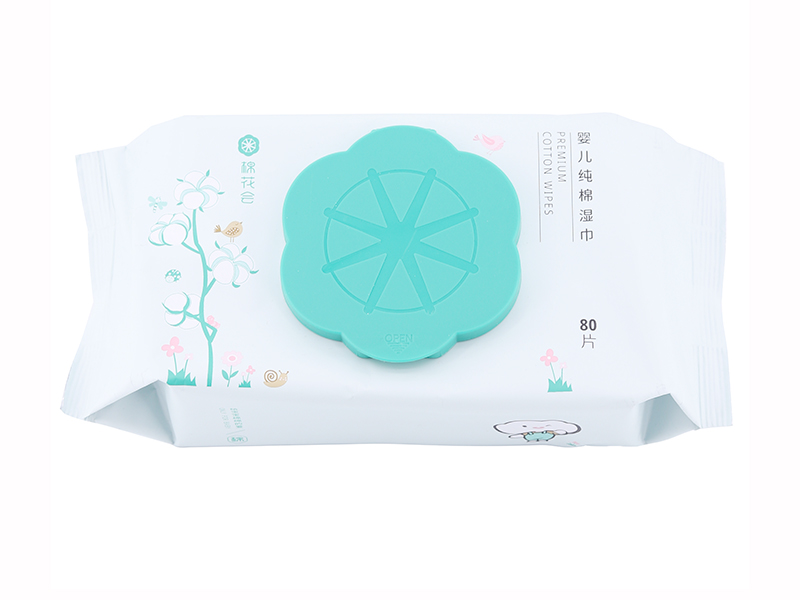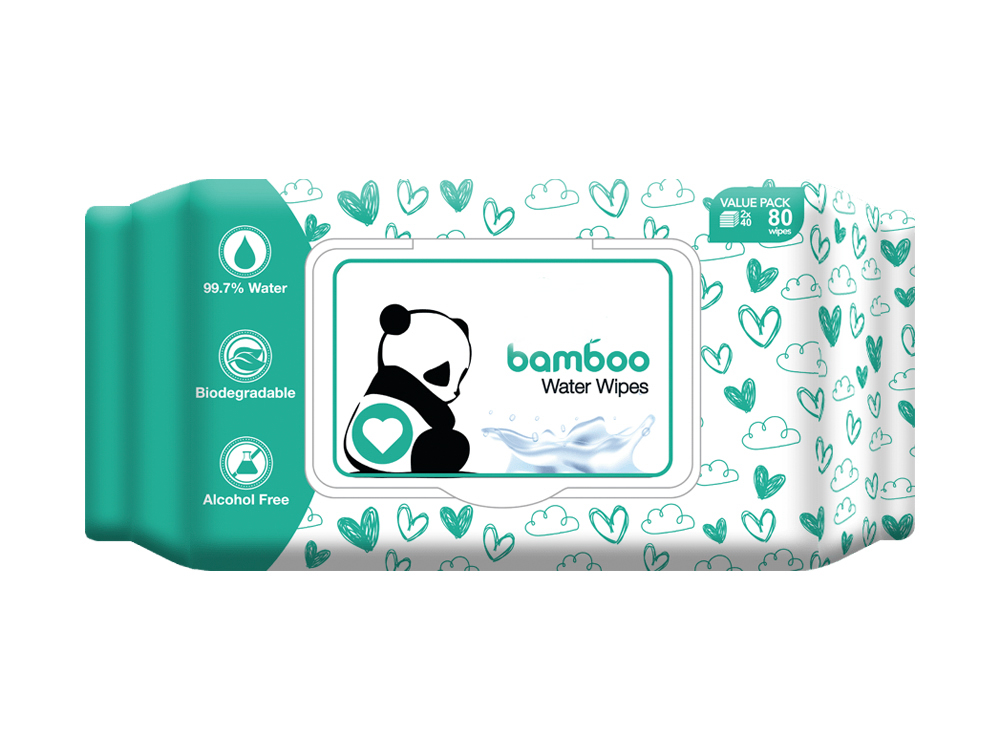The production of nonwoven fabrics has evolved significantly, with different carding techniques playing a crucial role in determining fabric quality. Among these, triple-carding spunlace nonwoven fabric for compressed towel stands out due to its enhanced structural integrity and performance. However, single- and double-card versions remain widely used, each with distinct advantages and limitations.
Understanding the carding process in spunlace nonwoven fabric production
Carding is a mechanical process that disentangles, cleans, and aligns fibers to form a uniform web. The number of carding stages—single, double, or triple—directly affects the final fabric’s properties.
- Single-card spunlace nonwoven fabric is produced using one carding unit, making it the most basic and cost-effective option. However, it may lack fiber uniformity and strength compared to multi-card alternatives.
- Double-card spunlace nonwoven fabric undergoes two carding stages, improving fiber alignment and reducing imperfections. This results in a more balanced fabric in terms of strength and softness.
- Triple-carding spunlace nonwoven fabric for compressed towel employs three carding units, ensuring superior fiber distribution, enhanced tensile strength, and a smoother surface. This makes it ideal for high-performance applications like compressed towels.
The choice between these methods depends on the desired balance between cost, production efficiency, and end-use performance.
Fiber alignment and uniformity
One of the most critical differences between single-, double-, and triple-carding lies in fiber alignment. Triple-carding spunlace nonwoven fabric for compressed towel achieves near-perfect fiber orientation, minimizing weak spots and improving overall consistency.
- Single-card fabrics often exhibit uneven fiber distribution, leading to variations in thickness and density. While acceptable for low-cost applications, this inconsistency can affect absorbency and durability in compressed towels.
- Double-card fabrics show noticeable improvement, with fewer clumps and better interlacing. They strike a reasonable balance between cost and quality.
- Triple-carding produces the most uniform web, ensuring consistent performance across the entire fabric. This is particularly important for compressed towels, where even pressure distribution during compression is necessary to maintain structural integrity.
Strength and durability
The mechanical strength of spunlace nonwoven fabric is heavily influenced by the carding process. Triple-carding spunlace nonwoven fabric for compressed towel excels in tensile strength, tear resistance, and long-term durability.
- Single-card fabrics tend to have lower tensile strength due to less efficient fiber bonding. They may fray or break under stress, making them less suitable for reusable compressed towels.
- Double-card fabrics offer moderate strength, sufficient for disposable applications. However, they may still show limitations in high-stress scenarios.
- Triple-carding enhances fiber entanglement, resulting in a denser, more resilient structure. This makes it ideal for compressed towels that undergo repeated wetting and drying cycles without losing integrity.
Softness and surface texture
Softness is a key factor in consumer preference, especially for personal care products like compressed towels. Triple-carding spunlace nonwoven fabric for compressed towel provides a smoother, more luxurious feel compared to single- and double-card alternatives.
- Single-card fabrics can feel slightly rougher due to less refined fiber alignment. This may cause discomfort, particularly for sensitive skin.
- Double-card fabrics improve softness but may still have minor inconsistencies.
- Triple-carding ensures a finer, more uniform surface, enhancing user comfort. The additional carding stages eliminate coarse fibers, making the fabric exceptionally gentle.
Absorbency and liquid retention
Compressed towels rely on high absorbency for effective performance. The carding process influences how well the fabric retains moisture.
- Single-card fabrics may have uneven absorbency due to inconsistent fiber distribution. Some areas may absorb liquid quickly, while others remain less efficient.
- Double-card fabrics perform better, with more predictable absorption rates.
- Triple-carding spunlace nonwoven fabric for compressed towel maximizes absorbency by ensuring uniform fiber density. This allows for even liquid distribution and faster drying times, making it superior for travel and hygiene applications.
Production efficiency and cost considerations
While triple-carding spunlace nonwoven fabric for compressed towel offers superior quality, it comes with higher production costs.
- Single-card production is the fastest and most economical, suitable for mass-market disposable products.
- Double-card production strikes a balance, offering improved quality without excessive cost increases.
- Triple-carding requires more machinery, energy, and time, leading to higher prices. However, the enhanced performance justifies the cost for premium applications.
Environmental impact and sustainability
Sustainability is an increasing concern in nonwoven fabric production.
- Single-card fabrics may generate more waste due to inconsistencies, leading to higher rejection rates.
- Double-card fabrics reduce waste but still rely on efficient production controls.
- Triple-carding spunlace nonwoven fabric for compressed towel minimizes defects, resulting in less material waste. Additionally, its durability supports reusable applications, reducing environmental footprint.
The choice between single-, double-, and triple-carding spunlace nonwoven fabric for compressed towel depends on the intended application and performance requirements.
- Single-card fabrics are cost-effective but lack uniformity and strength.
- Double-card fabrics offer a middle ground with moderate improvements.
- Triple-carding delivers the highest quality, with superior strength, softness, and absorbency, making it the best choice for premium compressed towels.


 中文简体
中文简体 English
English 日本語
日本語 русский
русский Español
Español












